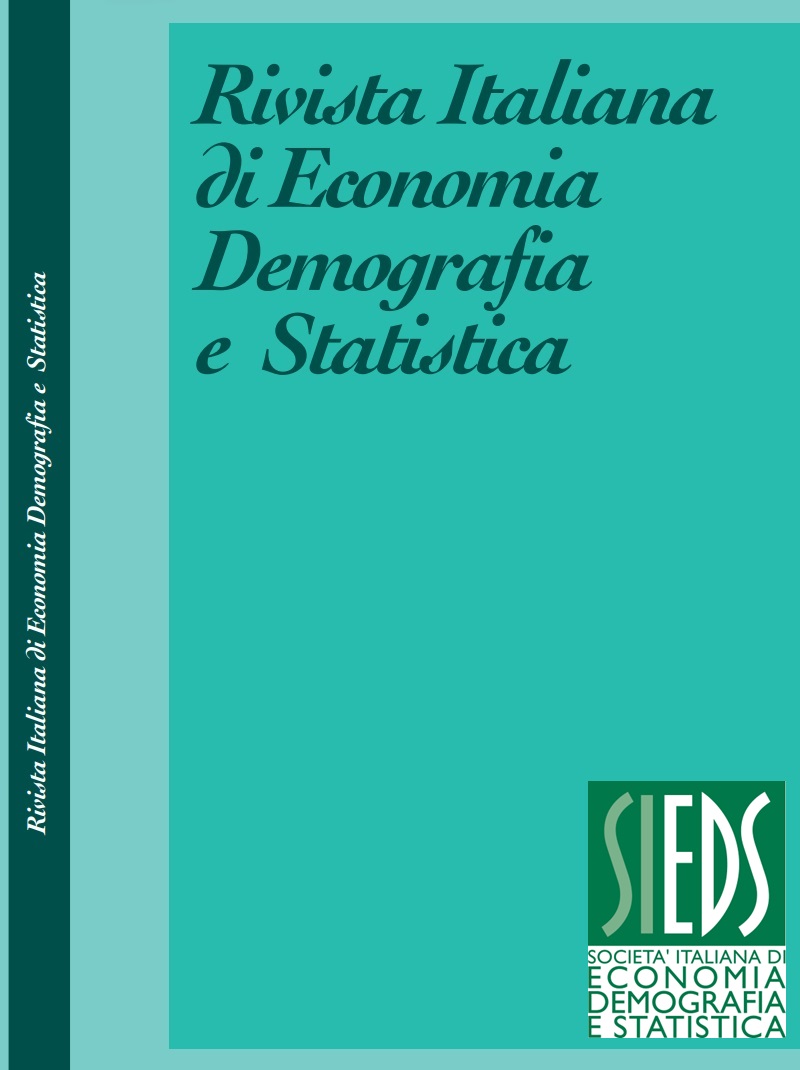Principle of the disconnection right: Istat case study
Abstract
During the previous year, the use of the smart working as a flexible working schemes has changed the balance between private and working life. The use, by workers, of technological devices (such as laptops and smartphones) allows a continuous availability and connection. The introduction of these new job models has brought significant professional advantages but at the same time some disadvantages. Employees are forced to work continuously, in a “Always on mode”, jeopardizing out mental health and developing specific stress pathologies. The “disconnection right” during non-working hours protects employees from an endless connection that could compromise their physical and mental health. The main purpose of the current paper is to analyze the concept of the disconnection right in all its evolution (even after SARS-CoV-2 pandemic) and to evaluate the ISTAT experience.
Downloads
Published
Issue
Section
License
Copyright (c) 2021 Francesca Orecchini, Fabrizio Monteleone, Anna Calabria, Patrizia Grossi

This work is licensed under a Creative Commons Attribution 4.0 International License.



